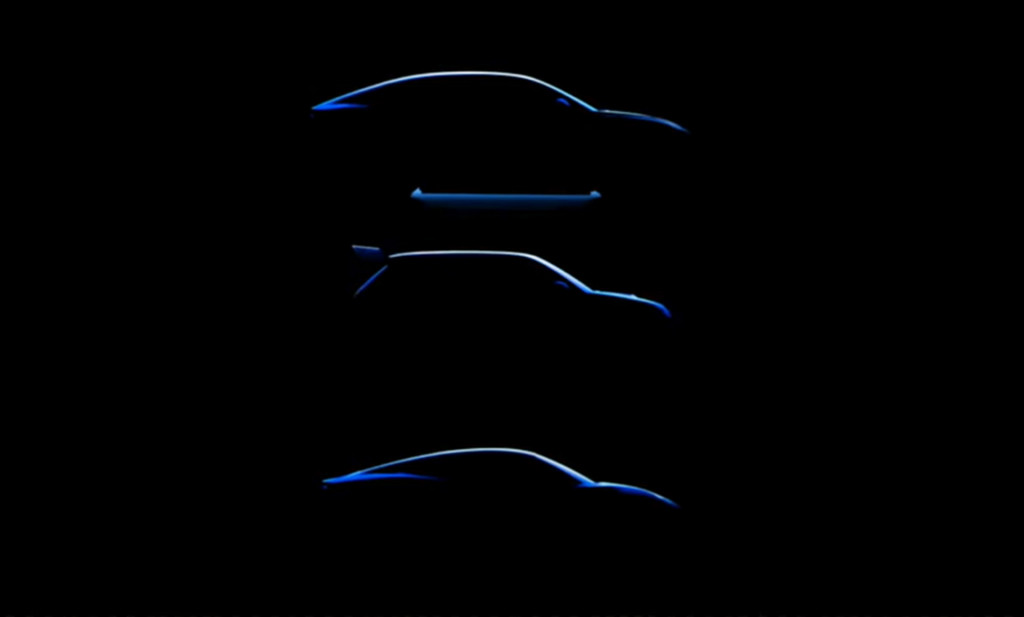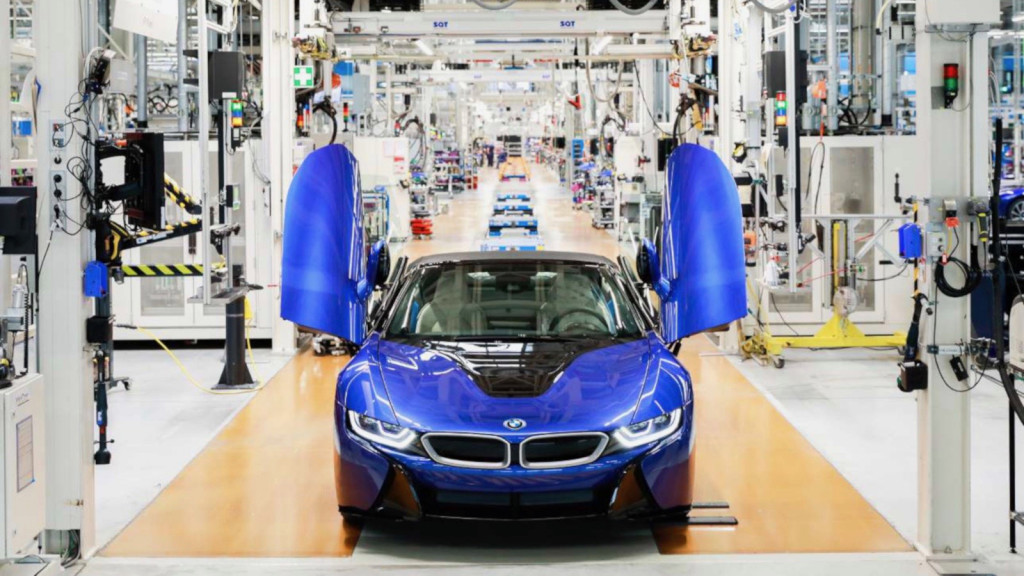The Lexus LS didn’t need to look sportier or become more luxurious. All it needed was a better infotainment system and less weezy powertrain.
It’s received one of those things and is absolutely more livable because of it.
The 2021 Lexus was given a nip and tuck, updated infotainment system, and a handful of chassis tweaks all to help stir sales.
I’m here to tell you the updates helped this Japanese flagship go from barely tolerable to worth being on the radar if one doesn’t want to blend into the sea of Mercedes-Benz S-Classes at the local golf course. You might even save $20,000 or more.
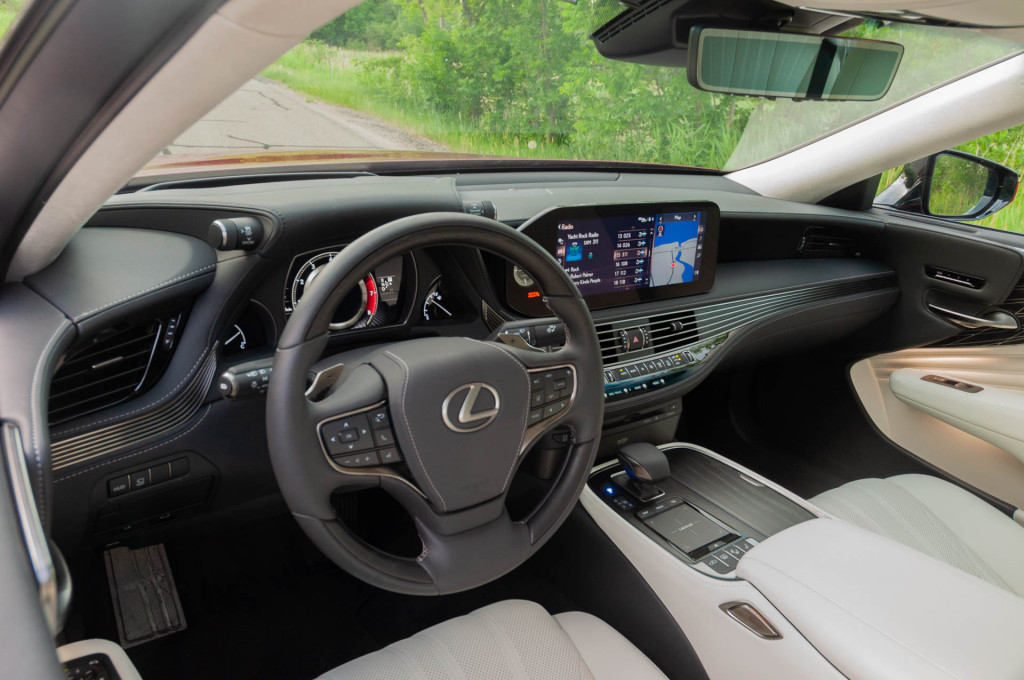
2021 Lexus LS 500 AWD
Finally, we touch
The single most important update for the LS is found inside the cabin: The 12.3-inch infotainment screen is now, finally, a touchscreen as it should’ve been. This revolutionary piece of magic glass that Toyota’s luxury division just rediscovered (Lexuses used to have touchscreens and the outdated yet fantastic GX still does) makes it so one doesn’t have to control the infotainment system via the touchpad while driving. Unfortunately the user interface wasn’t changed for the touchscreen and still requires users to rely on some of the hard “Menu” or “Back” buttons ahead of the touchpad to navigate the interface. Using Apple CarPlay is now a joy, though the system can’t split-screen like a Hyundai Telluride can, nor can it do Apple CarPlay wireless.
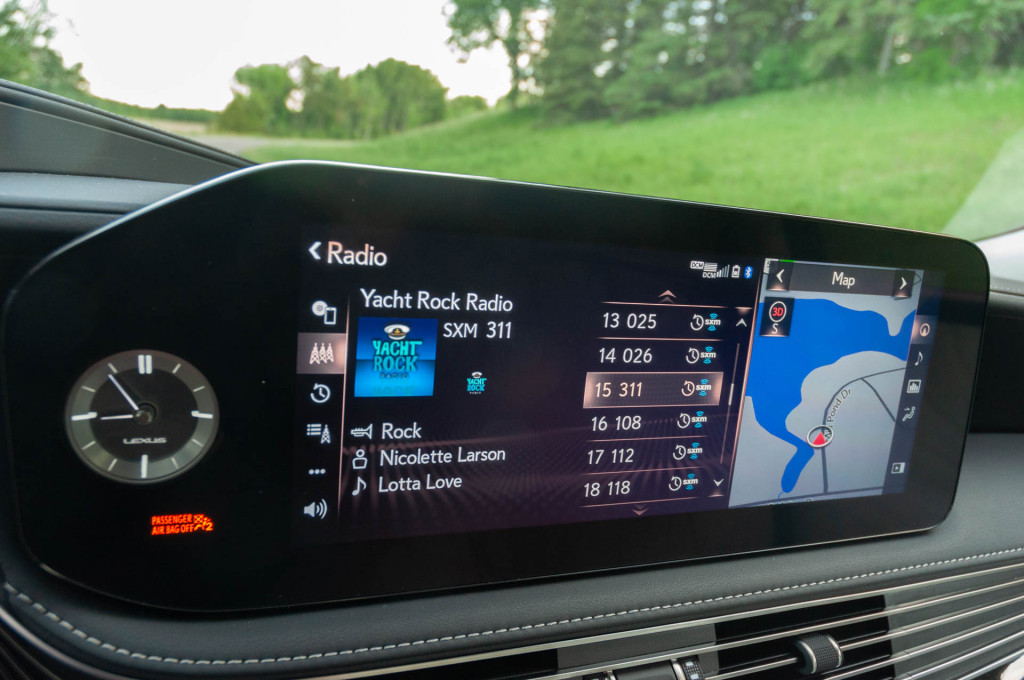
2021 Lexus LS 500 AWD

2021 Lexus LS 500 AWD
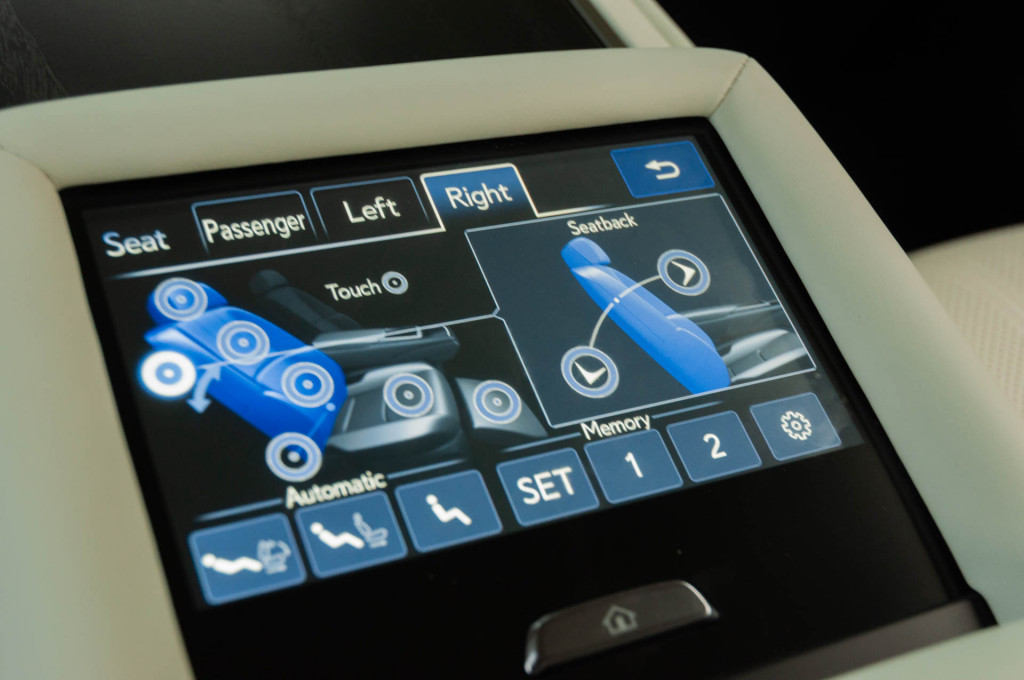
2021 Lexus LS 500 AWD
The new touchscreen doesn’t fit into the LS in a particularly harmonious way. The swoopy dashboard used to have the 12.3-inch screen integrated whereas the new display is slapped onto the dashboard like a large tablet. Just because the Germans do it doesn’t make it a good idea.
It’s tough to best the LS’s interior at my tester’s $110,225 price tag. With real metal trim, leather as soft as a newborn’s bottom, and a power-operated massaging and reclining rear seat with a 7.0-inch touchscreen controller, which was part of the $17,580 Executive Package, this nearly loaded LS tester just squeaks in under the Mercedes-Benz S-Class’s base price of $110,850. The details sell the LS’s interior with armrests that seem to float off the door panels and a rear deck that curves behind the seats.

2021 Lexus LS 500 AWD
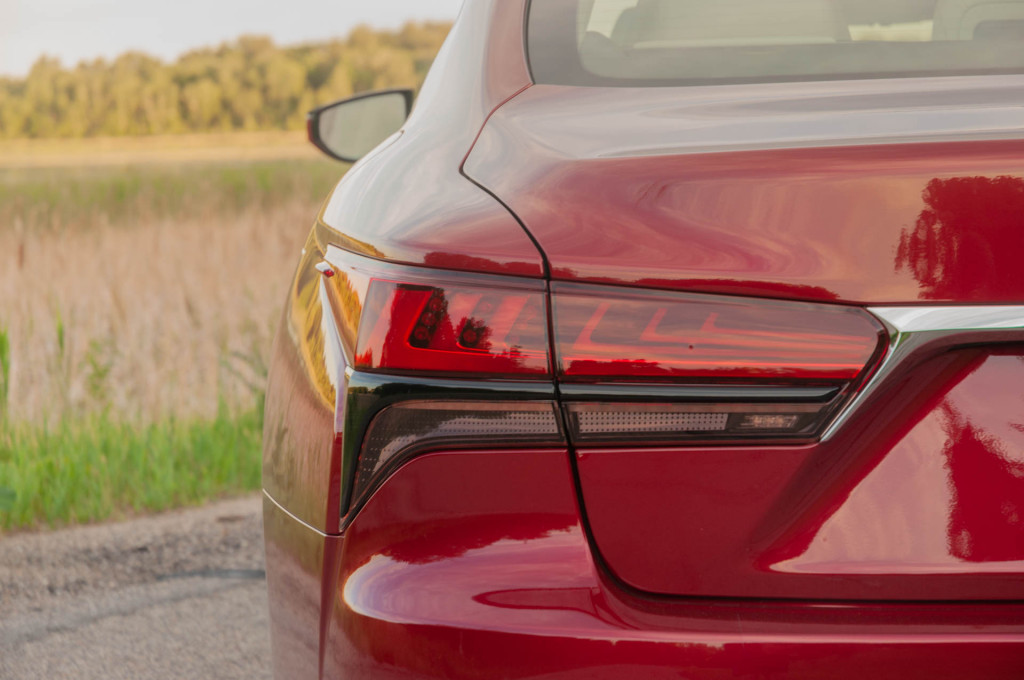
2021 Lexus LS 500 AWD
From the outside it’ll take a keen eye to pick the 2021 LS out from the previous model. The headlights and front bumper were both tweaked and the taillights are now darker. While the updated headlights now share a resemblance to the fantastic LC and give the LS a sportier look, they also look less distinct without the triple Z-like light elements shooting upward like fireworks firing off into the LED headlights.
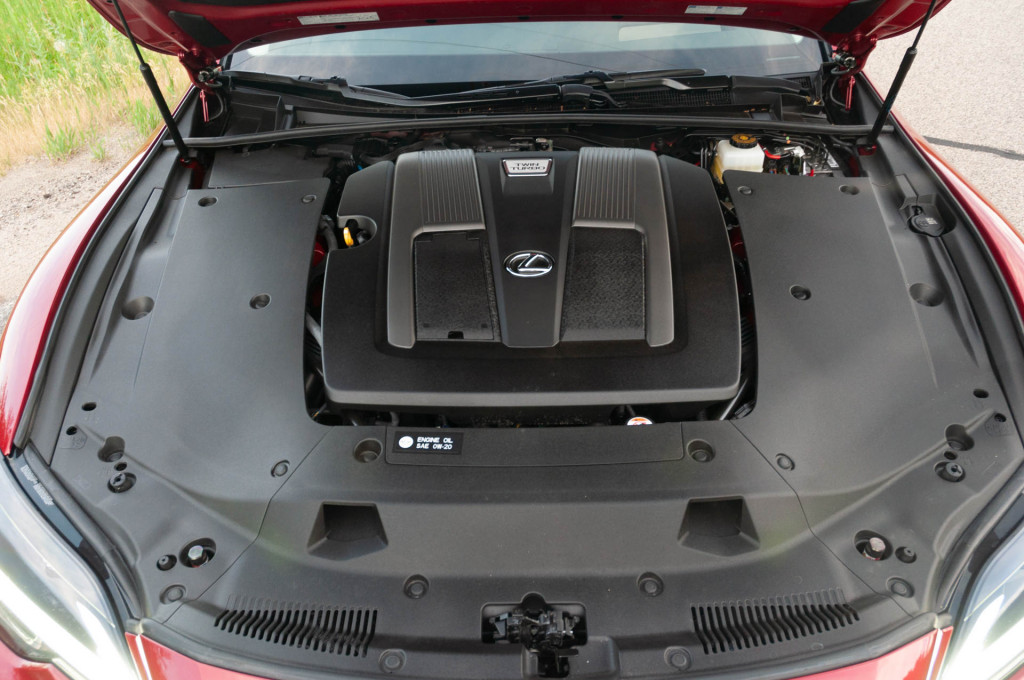
2021 Lexus LS 500 AWD
Punch without fury
Under the hood the fantastic 5.0-liter V-8 soundtrack remains absent. A twin-turbo 3.5-liter V-6 with 416 hp and 442 lb-ft of torque hooked to a 10-speed automatic transmission returns unchanged. While a hybrid is available, and rear-wheel drive is standard, my tester was equipped with all-wheel drive, a system that’s still poorly packaged and has the differential’s half shafts intruding into the driver’s footwell. The turbo V-6 makes gobs of power with Lexus stating it can run from 0-60 mph in 4.6 seconds in rear-wheel-drive form, and it feels appropriately quick for such a large sedan. The 10-speed automatic shifts like it’s cutting through warm butter, but the soundtrack from the engine is too weezy as if it belongs in a performance version of the Toyota Camry. The tune is a far cry from the sweet song BMW’s inline-6 makes or the strong bellow the old 5.0-liter V-8 made. Time for the powertrain to go on mute for the electric era or give this flagship a powertrain worth listening to.
The EPA ratings for the LS reach as high as 33 mpg highway in hybrid form, but my AWD tester was rated at 17 mpg city, 27 highway, and 21 combined. My experience fell short of that with the trip computer indicating 23.6 mpg over the course of 444 miles of highway driving. The old V-8, with its muted thrum on the highway, wasn’t much thirstier.

2021 Lexus LS 500 AWD
Lexus said the spring and damper rates were revised and the front and rear anti-roll bar diameters were changed for better body control. The adaptive air suspension received solenoids and control valves for better damping force. The result of all these changes is a soft, supple ride that continues to feel less buttoned down than the German competition. In comfort mode the big sedan floated down the road and the front end did a double bounce when pulling out of my driveway. Sport mode firmed things up and is the ideal suspension setting, but Sport+ took things a bit too far with the Dunlop SP Sport Maxx tires wapping over Midwest expansion joints on I-94.
At $77,025 the 2021 Lexus LS is a bargain flagship that only the Genesis G90 can touch. Loaded with options it flirts with the base S-Class in price and features, but it looks and feels like a proper flagship in search of a worthy powertrain. It’s time to either deliver the twin-turbo V-8 Lexus developed for the LS F or move straight to an electric powertrain here because an LS is supposed to be a smooth and quiet operator.

